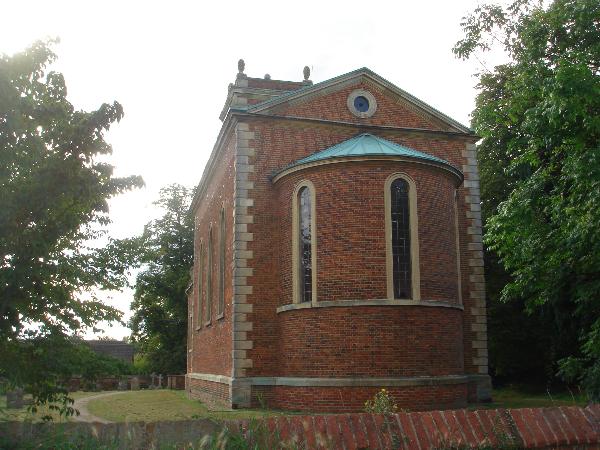Who’s heard of Isaac Newton? Christopher
Wren? How about Robert Hooke?
Robert Hooke was a Seventeenth Century polymath,
inventor and noted architect. Born on the Isle of Wight in 1635,
Hooke went on to become a notable contributor in various fields of
science. He is principally known for his “Micrographia”
,published 1665, and for his work on the tension of springs which
became Hooke’s law of elasticity. Hooke’s law states
that the amount a material strains is linearly related to the
stress applied to it. Micrographia was a work in which Hooke
detailed and described observations through a microscope; he coined
the word “cell” to describe structures he observed
under the microscope.
Hooke was also a noted architect and surveyor. After the
Great Fire of London in 1666, Hooke was employed as an official
surveyor. He worked on the design of the Monument, Royal Greenwich
Observatory. and Bethlem Royal
Hospital. He also collaborated with Christopher Wren, a
lifelong friend, on the dome of St
Paul’s Cathedral. Unfortuantely most of Hooke’s
originally designed buildings have not survived intact.

 Willen Church is one
of the few know building of Robert Hooke’s that
survives relatively unchanged. It was built for Dr Richard Busby
who was headmaster of Westminster school for over 50 years; also a
lifelong friend of Robert Hook, who attended the school and lodged
with Busby. The church was completed in 1680.
Willen Church is one
of the few know building of Robert Hooke’s that
survives relatively unchanged. It was built for Dr Richard Busby
who was headmaster of Westminster school for over 50 years; also a
lifelong friend of Robert Hook, who attended the school and lodged
with Busby. The church was completed in 1680.
So why is Robert Hooke not as well know as his
contemporaries?
It has been alleged that Sir Isaac Newton is principally to
blame. Hooke and Newton had exchanged letters over the explanation
of the elliptical orbit of planets around the sun. Hooke’s
idea was right but he couldn’t give mathematical proof of his
conjectures and it’s suggested that Newton was piqued. After
Newton became President of The Royal Society in 1703, the year
Hooke died, many of Hooke’s contributions became lost or
dispersed with no record of what happened to them. A more likely
explanation for the lack of recognition to Hooke’s
contribution is the manner in which he worked. He was an
experimental scientist ranging over a number of subjects and he
probably just failed to cumulate his work enough to
publish!
Appeal - "Under one
roof" - If you enjoyed the church and this cache you may
wish to know that there is currently an appeal to raise money for
the church roof. More info can be found here:- Under one
roof.
There is a competition to enter, with a cash prize! I will
mail you a copy of the competition page upon request.
"UT TENSIO, SIC VIS" : "as is the
extension, so is the force" - Robert Hooke 1635 –
1703